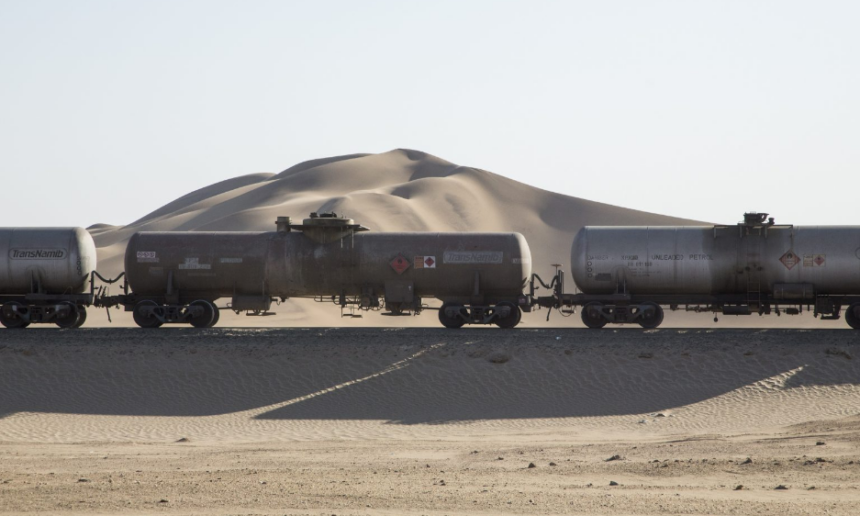Puma Energy Namibia is grappling with a significant decline in reliance on rail transportation.
This situation has deteriorated dramatically over the past two decades.
Adell Samuelson, general manager of Puma Energy Namibia, during a media briefing this week, expressed concerns about the current state of rail services.
She noted that the company now relies on rail for only 12% to 14% of its transport needs, a stark contrast to the 60% to 70% it once enjoyed.
This shift underscores the urgent need for improvements in the country’s rail system, which has struggled with inefficiencies and operational shortcomings.
Puma Energy is a global oil energy company that focuses on fast-growing markets with high demand for oil products.
The principal business activities of Puma Energy Holdings and its subsidiaries are the ownership and operation of storage as well as retail facilities for, and the sale and distribution of petroleum products.
The company has a footprint in Namibia and numerous other African nations.
Historically, rail was considered the preferred method for transporting fuel due to its efficiency and safety, compared to road transport.
“Rail has been the first preference of supply of fuel because it’s safe, efficient and not on the road – and not causing accidents on the roads. But that picture changed totally. We are now about 12% to 14% on rail, and the rest is on the road. In the past, it was vice versa,” she said.
She noted that the national rail network remains insufficient to meet current demands.
A report, titled ‘Fuelling Africa’s Potential: Bridging the Gap in Energy Infrastructure 2024’ by Puma Energy, states that railage rates are lower than truck rates at N$22 per cubic metre for rail versus N$24 for road.
However, current inefficiencies in rail operations are driving up overall transport costs.
This situation forces many companies to opt for more expensive road transport options, which not only increases operational costs, but also raises safety concerns due to a higher risk of accidents on the roads.
It is no secret that Namibia’s railway infrastructure is ageing, with much of it dating back to before independence. The national railway operator. TransNamib recently secured funding for a business rescue package.
In July this year, TransNamib announced it successfully met all conditions to access secured funding of N$2.6 billion from the Development Bank of Namibia and the Development Bank of Southern Africa.
This significant financial boost will enable the company to address its locomotive capacity challenges effectively to restore the national rail network.
With this acquired funding, TransNamib will initiate the process to enhance its locomotive fleet.
Last week, TransNamib spokesperson Abigail Raubenheimer, in partnership with James Mnyupe, head of the Namibia Green Hydrogen Programme, stated that TransNamib remains committed to Namibia’s green hydrogen strategy and the preparation of its operations for the future hydrogen economy.
“TransNamib will undertake a thorough preparatory phase before considering locomotive conversions to ensure a well-rounded approach to decarbonising its rail operations. The NGH2P is looking forward to working closely with TransNamib and other key partners to accelerate the deployment of a dual-fuel locomotive in the near future, an initiative that will integrate hydrogen power into Namibia’s rail infrastructure,” the joint statement
read.
The statement added that by April next year, Namibia should expect a green hydrogen-powered locomotive on track, demonstrating the dedication to advancing the country’s green industrialisation agenda.
This collaborative effort is crucial for ensuring the successful deployment of hydrogen technologies, reducing emissions and enhancing Namibia’s transportation infrastructure.



